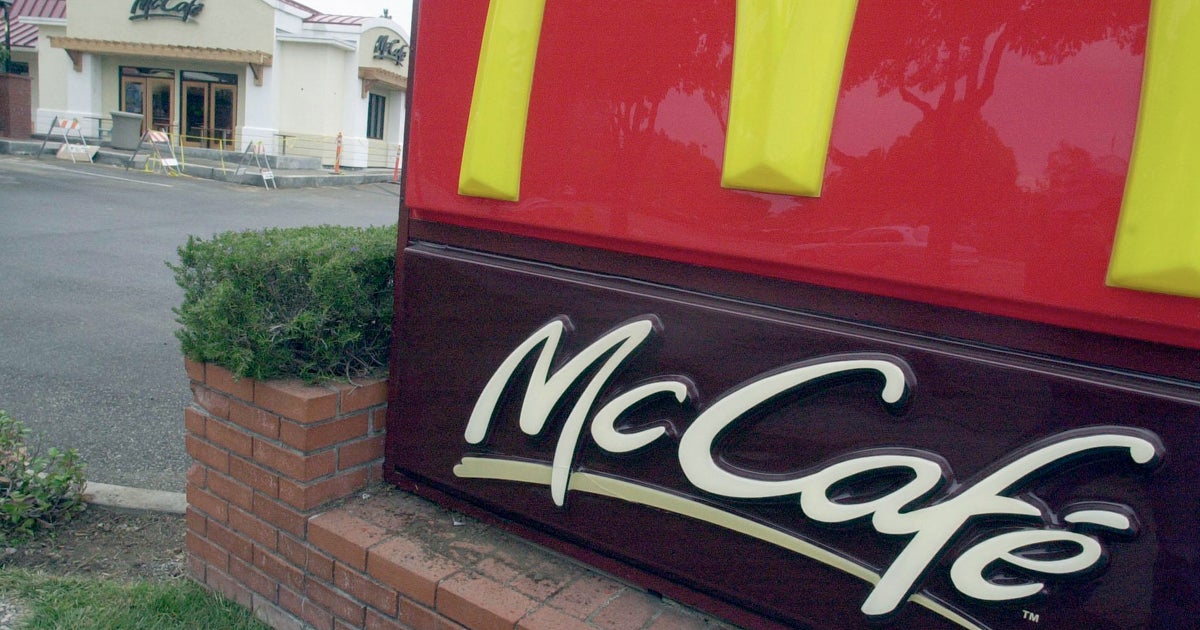Spacewalking astronauts help fix battery problem, run cables
Two astronauts floated outside the International Space Station Monday for NASA's third spacewalk in less than three weeks, this one to help replace a faulty solar array battery that was installed during the first excursion, to route ethernet cabling to extend wireless connectivity and to install backup power lines for the lab's robot arm.
Floating in the Quest airlock, NASA flight engineer Anne McClain, call sign EV-1, and Canadian astronaut David Saint-Jacques, EV-2, switched their spacesuits to battery power at 7:31 a.m. EDT, officially kicking off what turned out to be a six-hour 29-minute excursion, the 216th since station assembly began in 1998.
The spacewalkers accomplished all of their primary objectives without any major problems. But both astronauts had trouble with their helmet headphones toward the end of the excursion and McClain reported moisture on her helmet visor after returning to the airlock. But she said there were no signs of an actual water leak that might pose a safety threat.
Saint-Jacques originally expected to conduct Monday's spacewalk with NASA astronaut Nick Hague. Hague and McClain carried out the first of the three spacewalks March 22 while McClain and Christina Koch planned to carry out the second on March 29, becoming the first all-female spacewalk team in space history.
But after the first excursion, McClain decided she was more comfortable wearing a medium-size suit, the same one Koch needed. Because it would take nearly a full crew day to re-size a spare suit to fit McClain, Hague took her place on the second spacewalk and McClain replaced him for the third outing.
As it turned out, the crew swaps were just one of the changes the crew had to deal with.
During the March 22 spacewalk, McClain and Hague followed up work with the station's robot arm to replace six older nickel-hydrogen batteries in the lab's solar power system with three more efficient lithium-ion batteries. The astronauts installed "adapter plates" permitting a single li-ion battery to take the place of two of the older nickel-hydrogen power packs.
During the second spacewalk March 29, Hague and Koch helped with the installation of another three li-ion batteries. But during testing after the first EVA, engineers ran into problems with one of the initially installed li-ion batteries and an electronics component called a battery charge-discharge unit, or BCDU.
After attempts to correct the problems failed, NASA managers opted to remove the faulty battery and replace it with two of the recently removed nickel-hydrogen batteries. They also decided to replace the BCDU with a spare.
Using the station's robot arm, flight controllers removed the suspect battery and the BCDU and then re-installed one of the recently removed nickel-hydrogen batteries. They also robotically replaced the failed BCDU.
McClain tightened up the bolts holding the battery charge-discharge unit in place before she and Saint-Jacques removed an adapter plate installed during the first spacewalk to make room for the installation of a second nickel-hydrogen battery.
After the spacewalk, flight controllers will use the robot arm to re-install the second nickel-hydrogen battery, restoring power channel 4A to its normal output.
Kenny Todd, space station operations and integration manager, said the faulty lithium-ion battery will be discarded while the BCDU will be returned to Earth for inspections to find out what went wrong. A new lithium-ion battery will be flown up to the station on a future cargo flight and eventually installed in place of the two older batteries.
As for using a mix of old and new batteries in power channel 4A, "we anticipate we can run that configuration for quite some time and get us back to our nominal power capability on channel 4A," he said. "So we feel really good about where we're going to end up on the back side of these EVAs and robotics activities."
With the adapter plate move out of the way, McClain and Saint-Jacques pressed ahead with work to connect ethernet cabling at the forward end of the station's Destiny laboratory module that will extend wireless connectivity for science instruments mounted outside the station.
A cable run out to the right side of the station's solar power truss was deferred to make time for the adapter plate relocation.
The final major task on the crew's agenda Monday was to run power lines from the central Unity module to the central S0 segment of the power truss to provide a backup power source for the lab's robot arm.
While the arm already has redundant power sources, the cables installed by McClain and Saint-Jacques will allow the arm to continue operating even if one of those other power supplies fails.
Saint-Jacques also worked at the forward end of the station where4 the European Space Agency's Columbus laboratory module is attached to install fittings needed for the eventual addition of a commercial payloads platform that will be used to hold a variety of remotely operated science instruments.
He successfully installed a secondary attachment fitting, but was unable to mount the primary unit because of unexpected interference issues. He took documentary photographs to help engineers better understand the issue before an additional attempt is made on a future spacewalk.







